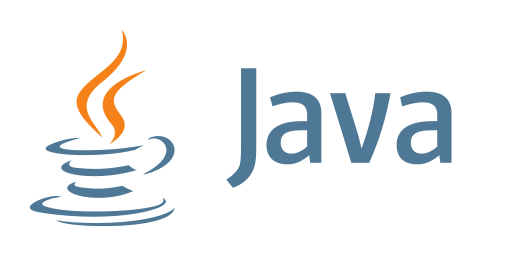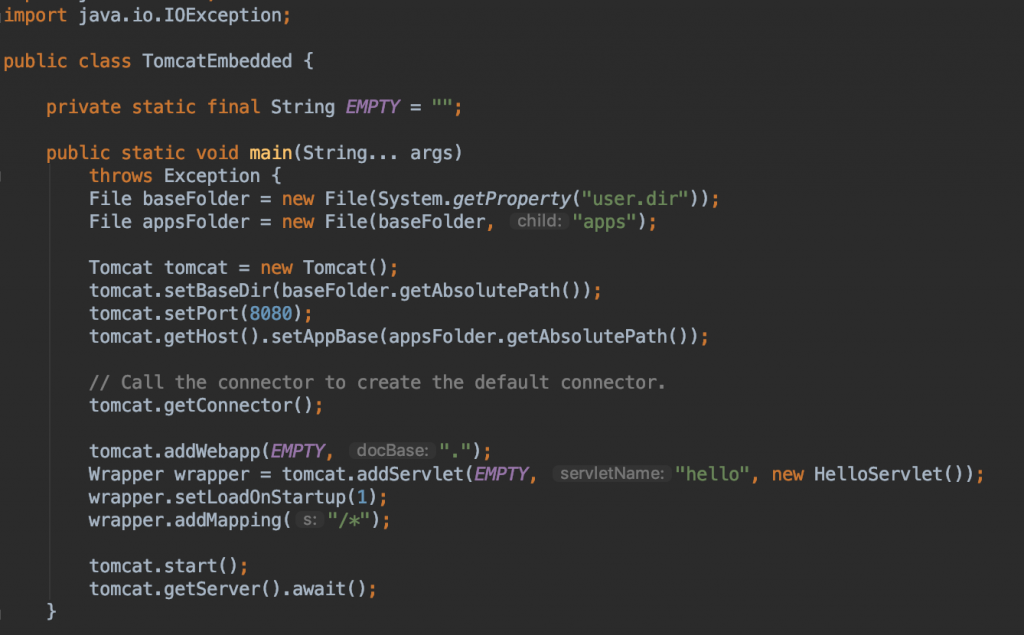
What is java?
Java is a high-level, class-based, object-oriented programming language.
It is a simple programming language. Java makes writing, compiling,and debugging programming easy. It helps to create reusable code and modular programs.
Java is a designed to have as few implementation dependencies as possible A general-purpose programming language made for developers to write once run anywhere that is compiled Java code can run on all platforms that support Java. Java applications are compiled to byte code that can run on any Java Virtual Machine. The syntax of Java is similar to c/c++.

History
James Gosling, Mike Sheridan, and Patrick Naughton initiated the Java language project in June 1991.[23] Java was originally designed for interactive television, but it was too advanced for the digital cable television industry at the time.
java is a programming language created in 1991. James Gosling, Mike Sheridan, and Patrick Naughton, a team of Sun engineers known as the Green team initiated the Java language in 1991. Sun Microsystems released its first public implementation in 1996 as Java 1.0. It provides no-cost -run-times on popular platforms. Java1.0 compiler was re-written in Java by Arthur Van Hoff to strictly comply with its specifications. With the arrival of Java 2, new versions had multiple configurations built for different types of platforms.
Java is used for
- GUI applications
- Web servers and applications servers
- Middleware applications
- Web applications
- Mobile applications
- Embedded systems
- Enterprise applications
- It is used for developing Android Apps
- Helps you to create Enterprise Software
- Wide range of Mobile java Applications
- Scientific Computing Applications
- Use for Big Data Analytics
- Java Programming of Hardware devices
- Used for Server-Side Technologies like Apache, JBoss, GlassFish, etc.
Official Website of java
https://www.java.com/en/download/
Founder Company
James Gosling
latest version of java
Java SE 18
Java Features
Here are some important Java features:
- It is a High Performance programming languages
- It is one of the easy-to-use programming languages to learn.
- java is Object-Oriented programming languages.
- Write code once and run it on almost any computing platform.
- Java is platform-independent. Some programs developed in one machine can be executed in another machine.
- It is a Secure programming languages
- It is designed for building object-oriented applications.
- It is a multithreaded language with automatic memory management.
- It is created for the distributed environment of the Internet.
- Facilitates distributed computing as its network-centric.

Advantage of java
- Simple and easy to learn.
- Object-oriented programming language.
- Multithreading is supported by Java.
- Platform agnostic language.
- Secure platform.
Components Of Java
- Java Development kit (JDK)
JDK is a software development environment used for making applets and Java applications. The full form of JDK is Java Development Kit. Java developers can use it on Windows, macOS, Solaris, and Linux. JDK helps them to code and run Java programs.
- Java Virtual Machine (JVM)
JVM is an engine that provides a runtime environment to drive the Java Code or applications. It converts Java bytecode into machine language. JVM is a part of the Java Run Environment (JRE). In other programming languages, the compiler produces machine code for a particular system.
- Java Runtime Environment (JRE)
JRE is a piece of software that is designed to run other software. It contains the class libraries, loader class, and JVM. In simple terms, if you want to run a Java program, you need JRE. If you are not a programmer, you don’t need to install JDK, but just JRE to run Java programs.
Alternative of java
- C Language
- Go
- Python
- Scala
- Kotlin
- JavaScript
- Java EE
Terminology of Java
The following terms are common in Java application development in Oracle Database environment:
- Classes
- Objects
- Interfaces
- Encapsulation
- Inheritance
- Polymorphism
Architecture of Java
It integrates the process of interpretation and compilation. Java Architecture explains each and every step of how a program is compiled and executed.
Java Architecture can be explained by using the following steps:
- There is a process of compilation and interpretation in Java.
- Java compiler converts the Java code into byte code.
- After that, the JVM converts the byte code into machine code.
- The machine code is then executed by the machine.

Hello world example
The traditional Hello world program can be written in Java as:

Best Resources, Tutorial and Guide for java
Interview Question and Answer
Best Courses and Insitute for learning
If you want certification course for such top course. So please visit “Devopsschool.com”. You will find more certification courses here.

- Mastering Qualitative Research: The Role of Focus Groups in Data Collection - July 11, 2024
- What is robots ops? - July 10, 2024
- 5 Effective Online Learning Strategies for DevOps Professionals - July 4, 2024

